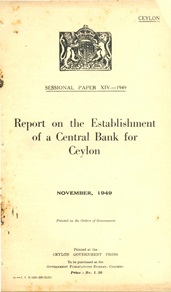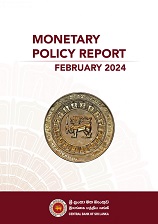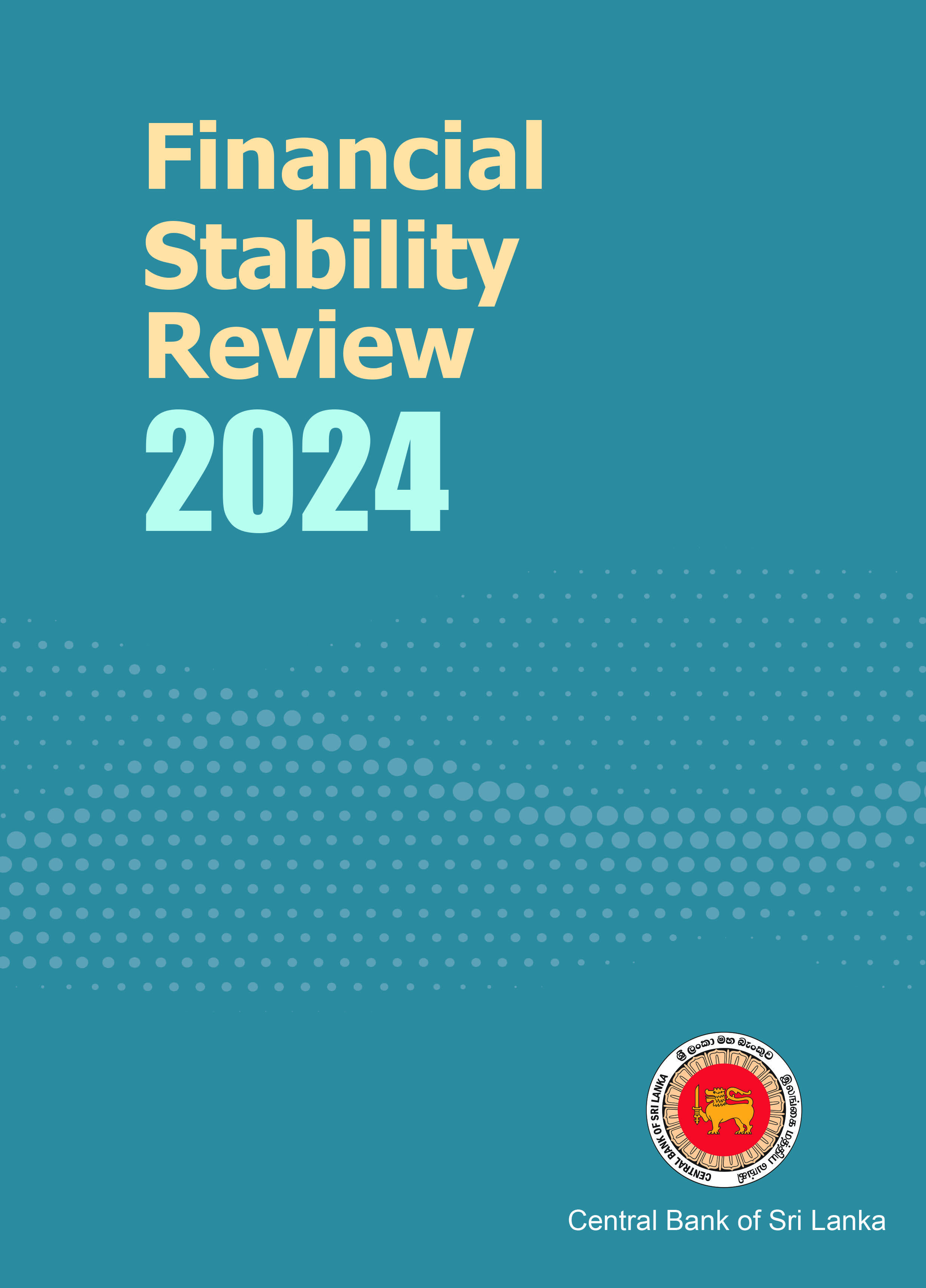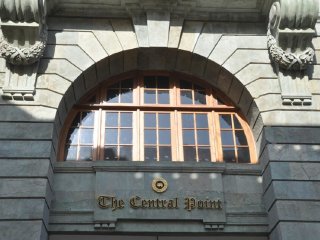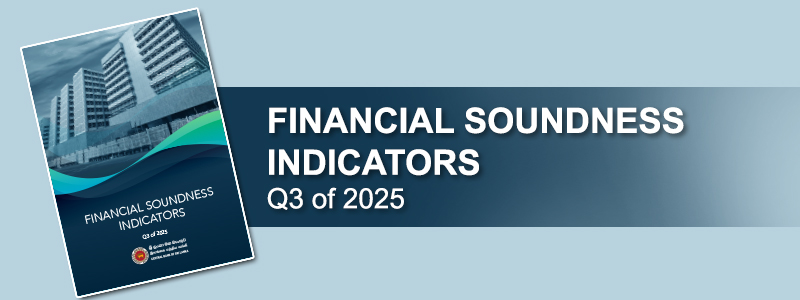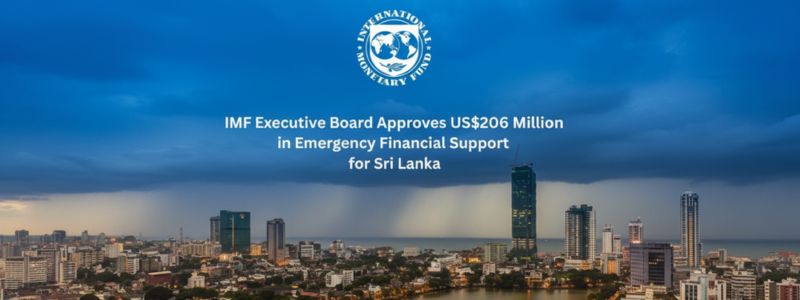The Monetary Board, with the concurrence of the Hon. Minister of Finance, Economy and Policy Development has appointed Assistant Governor, Mr. K M Mahinda Siriwardana as a Deputy Governor of the Central Bank of Sri Lanka (CBSL) with effect from 12th February 2020.
Mr. Siriwardana has a service of more than 28 years in the Central Bank. Prior to his recent appointment as a Deputy Governor, Mr. Siriwardana held the position of Assistant Governor in charge of Economic Research Department and Statistics Department. Mr. Siriwardana has also served as the Director of the Economic Research Department of the CBSL.







